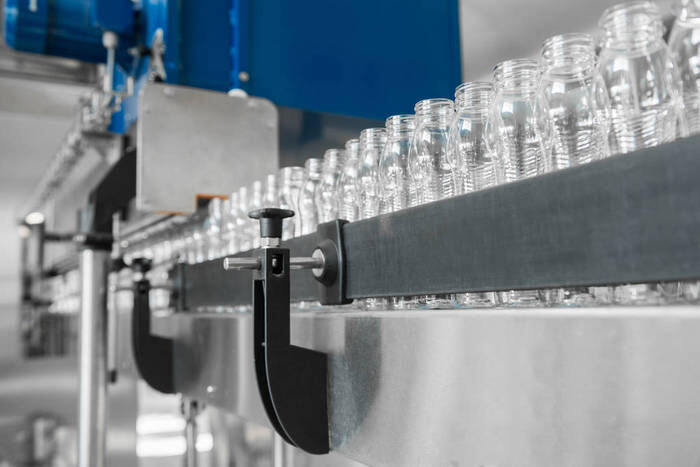GH3037 (GH37) alloy rod is an austenitic age-strengthened nickel-based alloy. About 4% of the total amount of aluminum and titanium is added to form a γ phase for age strengthening, and more tungsten and molybdenum are added for solid solution strengthening. A trace amount is also added. Boron strengthens grain boundaries. This alloy is used below 850°C and has high thermal strength, good comprehensive properties and structural stability.
Specifications |
In stock, can be customized according to customer requirements |
Form |
Plate,Bar,Pipe,Wire |
Classification |
Superalloy |
Density(g/cm³) |
Melting temperature range |
ρ=8.4g/cm3 |
1278~1346℃ |
|
Ni |
Cr |
Fe |
C |
Mn |
Si |
Mo |
Al |
Ti |
V |
P |
Cu |
Ce |
B |
W |
S |
Min |
Balance |
13 |
|
0.03 |
|
|
2.00 |
1.70 |
1.80 |
0.10 |
|
|
|
|
5.00 |
|
Max |
Balance |
16 |
5.0 |
0.10 |
0.50 |
0.40 |
4.00 |
2.30 |
2.30 |
0.50 |
0.015 |
0.07 |
0.020 |
0.020 |
7.00 |
0.010 |
GH4037 barcan be widely used in various high-demand situations due to its medium thermal strength and good thermal fatigue performance below 850°C. Such as aircraft engines, combustion chambers, afterburner parts, acidic environments, turbine blades, etc.
GH4037 barmetallographic structure:
The structure of the GH4037 rod in the standard heat treatment state is an austenite matrix and dispersed precipitated γ phase. There are a small amount of M23C6 and M6C type carbides in the grain boundaries, and there are massive MC-type carbides in the grains.
GH4037 alloy barprocess performance and requirements:
1. This alloy has good forgeability, with a forging heating temperature of 1140°C and a final forging temperature of 1100°C.
2. The average grain size of the alloy is closely related to the deformation degree and final forging temperature of the forging.

The manufacturing process of stainless steel and alloys involves multiple steps to transform raw materials into flat,rectangular sheets or plates made of stainless steel and alloys. Here are a few key steps for stainless steel and alloys:

Molten stainless steel and alloys are cast into large ingots or billets through a casting process.

During the hot rolling process,the thickness of the steel ingot is gradually reduced and elongated to form long strips or coils.

Annealing involves heating stainless steel and alloys to a specific temperature and then slowly cooling it.

Cold rolling is carried out through rolling mills to reduce thickness to meet customer specifications.
Wuxi Walmay Metal Co,Ltd is a comprehensive processing group of Alloy Steel、Forged Parts Fitting、Titanium Alloy、Stainless Steel、Special Welding Wireseries, and more than 800 specifications.
Our group has been engaged in the domestic and global market for more than ten years with rich steel experience and can offer professional advice for customers inapplications with different materials.
Machine cutting
Sheet cutting
plasma cutting
Dynamic waterjet cutting
sawing
Plank leveling
polishing
laser cutting
laser cutting
production cutting
Long product cutting
Bar and structural cutting
polishing
Heat treatment and annealing: Wuxi Walmay Metal can heat treat certain 400 series stainless steels.
Material Reliability Identification (PMI): Wuxi Walmay Metal can complete this testing in-house.
Ut Testing: Ultrasonic testing (UT) uses high-frequency sound energy to inspect and measure stainless steel products.
Our professional sales team answers your questions within 24 hours.
Copyright © Wuxi Walmay Steel Co.,Ltd All Rights Reserved